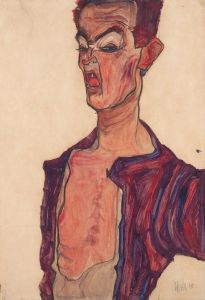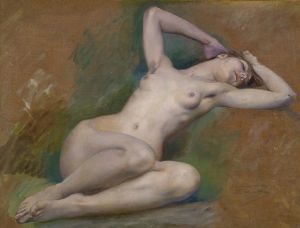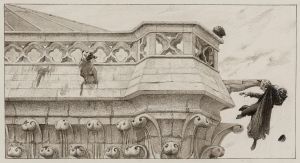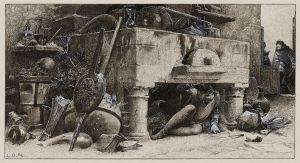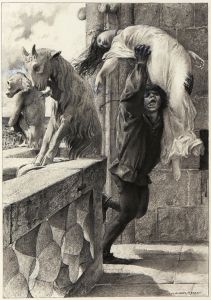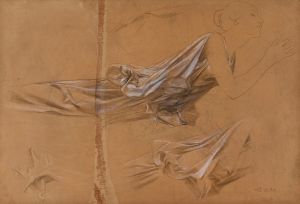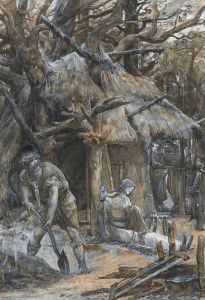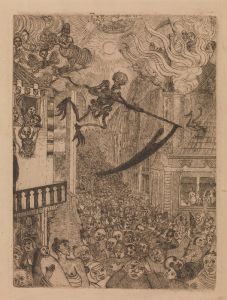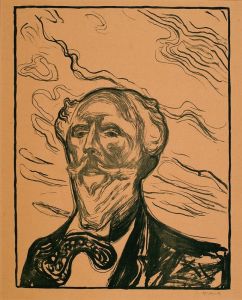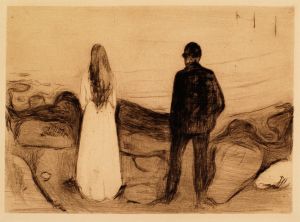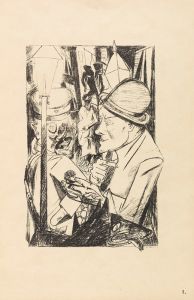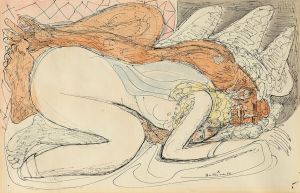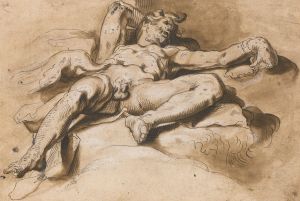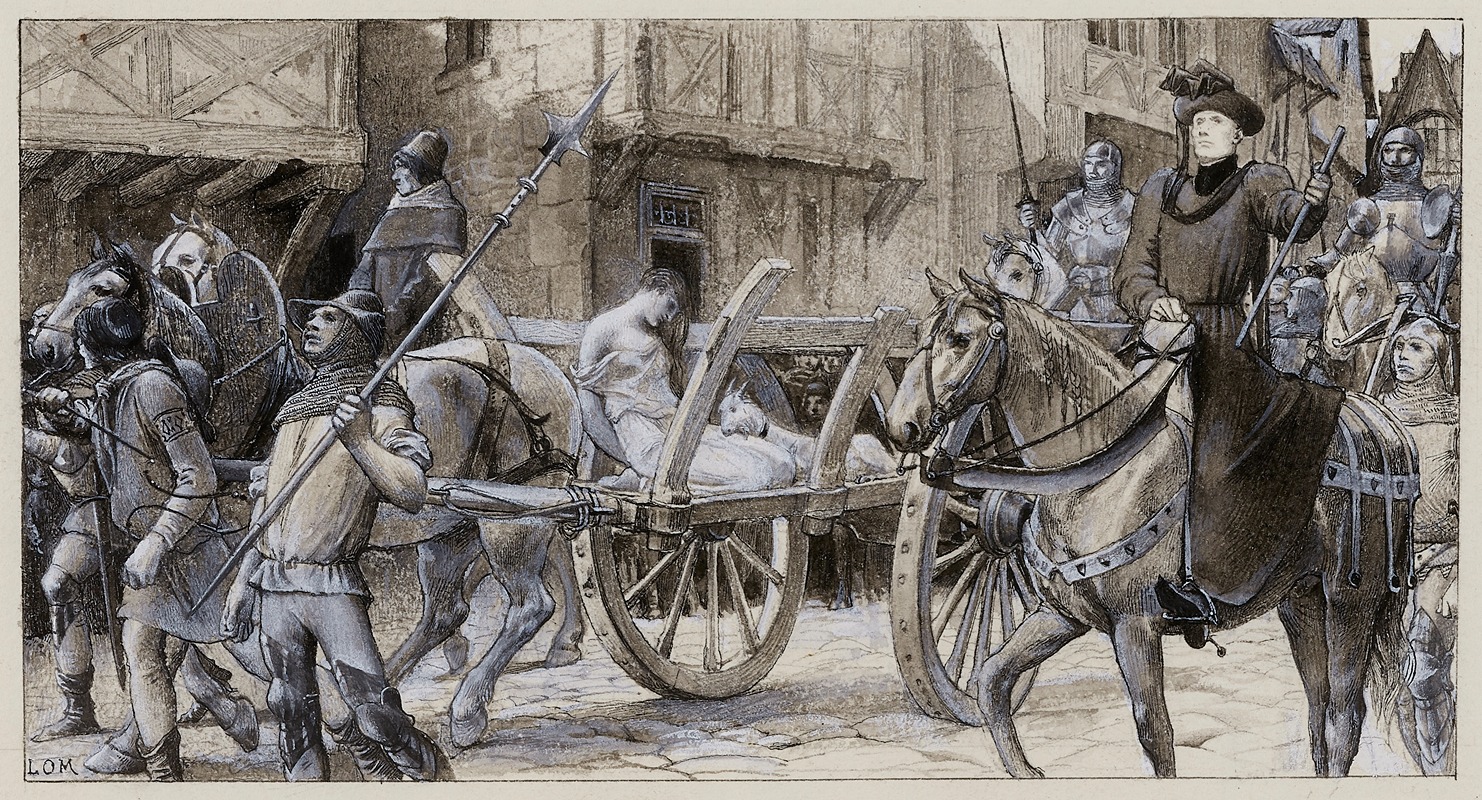
Trois cœurs d’homme faits différemment
A hand-painted replica of Luc-Olivier Merson’s masterpiece Trois cœurs d’homme faits différemment, meticulously crafted by professional artists to capture the true essence of the original. Each piece is created with museum-quality canvas and rare mineral pigments, carefully painted by experienced artists with delicate brushstrokes and rich, layered colors to perfectly recreate the texture of the original artwork. Unlike machine-printed reproductions, this hand-painted version brings the painting to life, infused with the artist’s emotions and skill in every stroke. Whether for personal collection or home decoration, it instantly elevates the artistic atmosphere of any space.
Luc-Olivier Merson (1846-1920) was a French academic painter and illustrator, known for his detailed and often symbolically rich works. One of his notable paintings is "Trois cœurs d’homme faits différemment" (Three Hearts of Man Made Differently). This painting, created in the late 19th century, exemplifies Merson's meticulous style and his interest in allegorical and symbolic themes.
"Trois cœurs d’homme faits différemment" is a compelling work that explores the concept of the human heart in a metaphorical sense. The painting is divided into three sections, each representing a different aspect or condition of the human heart. Merson's use of symbolism in this piece is profound, as he delves into the complexities of human emotions and moral states.
The first section of the painting depicts a heart that is pure and unblemished, symbolizing innocence and virtue. This part of the painting is characterized by bright, soft colors and serene imagery, reflecting the purity and tranquility associated with an untainted heart.
The second section shows a heart that is wounded and bleeding, representing suffering and sorrow. Merson uses darker tones and more dramatic imagery to convey the pain and anguish that can afflict the human heart. This part of the painting evokes a sense of empathy and compassion, as it highlights the inevitable hardships and emotional wounds that people endure.
The third section portrays a heart that is encased in armor, symbolizing protection and resilience. This heart is depicted with strong, metallic hues and a sense of impenetrability, suggesting the defensive mechanisms people develop to guard themselves against further hurt. Merson's depiction of this armored heart speaks to the human capacity for endurance and the desire to shield oneself from emotional harm.
Merson's attention to detail and his ability to convey deep emotional and psychological states through his art are evident in "Trois cœurs d’homme faits différemment." The painting not only showcases his technical skill but also his profound understanding of human nature and the complexities of the human condition.
Luc-Olivier Merson was a prominent figure in the French art scene during his lifetime. He was a member of the Académie des Beaux-Arts and received numerous accolades for his work, including the prestigious Prix de Rome in 1869. His contributions to art extended beyond painting, as he also worked as an illustrator and designer, creating notable works for books, stained glass windows, and even postage stamps.
"Trois cœurs d’homme faits différemment" remains an important piece in Merson's oeuvre, reflecting his mastery of allegory and his ability to evoke deep emotional responses through his art. The painting continues to be appreciated for its intricate symbolism and its exploration of the multifaceted nature of the human heart.





